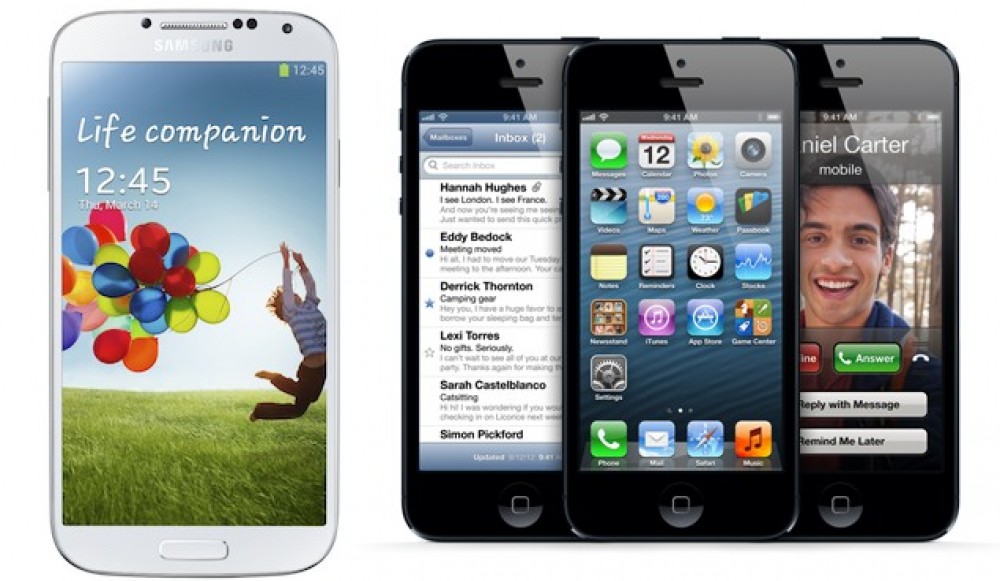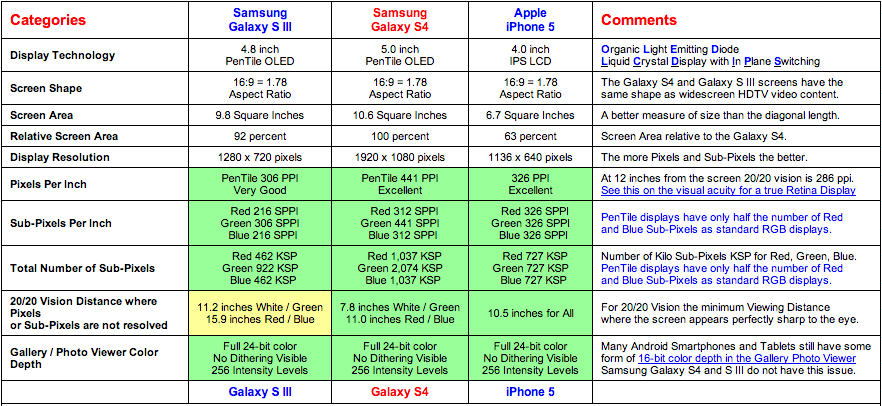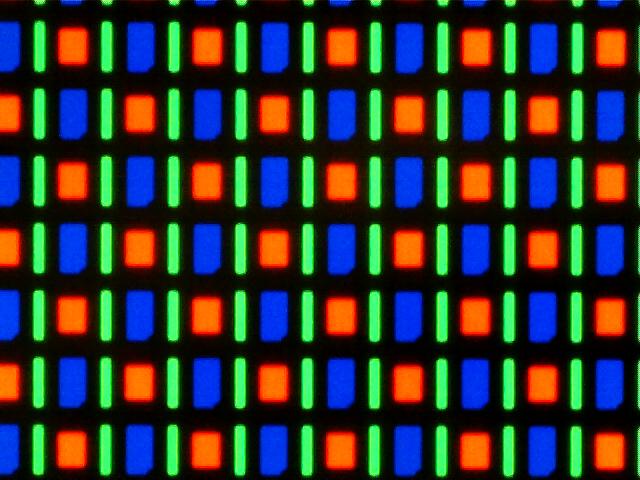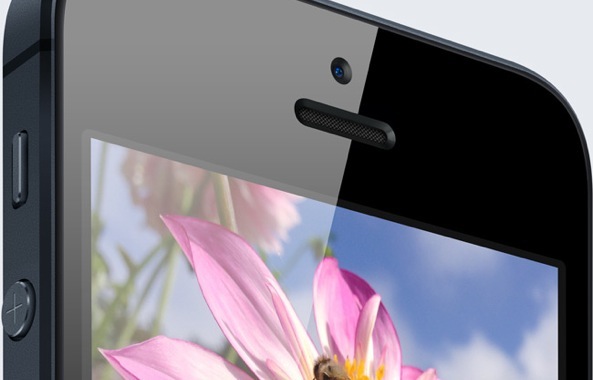CEO Tim Cook during an earnings call re-iterated Apple very much remains focused on providing the highest quality mobile screens and argued his company would never compromise the experience by creating a Gorilla-sized iPhone with a subpar display. Specifically, Cook painted color reproduction, power consumption, quality and other factors determining the quality of a mobile screens as progressively suffering on larger displays.
“We would not ship a larger display iPhone while these trade-offs exist,” he said Tuesday. But is that really the case? Display wizards over at DisplayMate took Apple’s iPhone 5 and Samsung’s Galaxy S4 through a battery of tests putting the screens through their paces. The results are surprising…
According to DisplayMate president Dr. Raymond M. Soneira, there is no clear winner in sight as both devices incorporate mobile screens best in their respective class.
“Both displays are quite good and comparable overall – so it’s currently a tie,” he writes, adding it’s important to keep in mind that the iPhone 5 is now more than halfway through its product cycle while Samsung just released its S4 smartphone.
Key observations:
The iPhone 5 is significantly brighter than the Galaxy S4, particularly for screens with mostly peak white backgrounds. Its color calibration is a bit better, although the Galaxy S4 has a more accurate white.
The Galaxy S4 has a much bigger screen, higher resolution, higher PPI, much darker blacks, and better screen uniformity than the iPhone 5.
Check out the tech comparison table.
The iPhone 5 rocks a four-inch 1,136-by-640 pixel resolution LCD screen. The display module is being assembled using the sophisticated in-cell process. At 326ppi Retina-quality pixel density, the iPhone 5’s screen also features IPS technology which allows for wide viewing angles.
Samsung’s latest flagship has a five-inch 1,920-by-1,080 display at 442 pixels per inch, based on Super AMOLED PenTile RGBG technology. Unlike the more accurate LCD, PenTile RGBG layout used in the S4’s Super AMOLED screen has green pixels interleaved with alternating red and blue pixels.
Such a subpixel layout is dependent upon subpixel rendering, which maps an input pixel to either a red-centered logical pixel, or a green-centered logical pixel. Put simply, the pixels on most current OLED displays have only two sub-pixels in each pixel instead of the standard three red, green and blue sub-pixels.
Now, you’d normally expect a lower quality from subpixel rendering, right? But with the S4’s pixels so densely packed at 442ppi, any visual difference in quality gets lost to an average human eye.
Specifically, Dr. Soneira concludes that visually, the Galaxy S4 PenTile display delivers “excellent visual sharpness across the board.”
For digitally generated fine text and graphics with precise pixel layouts the eye can visually detect the reduced number of red and blue sub-pixels unless the number of red and blue sub-pixels per inch is very high.
And it is for the Galaxy S4 – there are 312 red and blue sub-pixels per inch, which is only a few percent lower than Apple’s benchmark 326 pixels per inch iPhone Retina Display.
Invented by Candice H. Brown Elliott, PenTile tech was licensed by Clairvoyante from 2000 until 2008. In betting big on PenTile technology, Samsung in March 2008 acquired Clairvoyante’s PenTile IP assets, moving these to a new company called Nouvoyance, Inc., specifically created to advance the technology.
Wrapping up, DisplayMate says the biggest improvements for mobile displays will come from “dynamically changing the display color gamuts and intensity scales to automatically compensate and correct for reflected glare and image wash out from ambient light.”
For the record, I own both an iPhone 5 and a Galaxy S3.
Unfortunately, not having a chance yet to check out the S4’s display quality in person, I really can’t attest to DisplayMate’s findings.
From your vantage point, whose mobile screen tech is better, Apple’s or Samsung’s?



